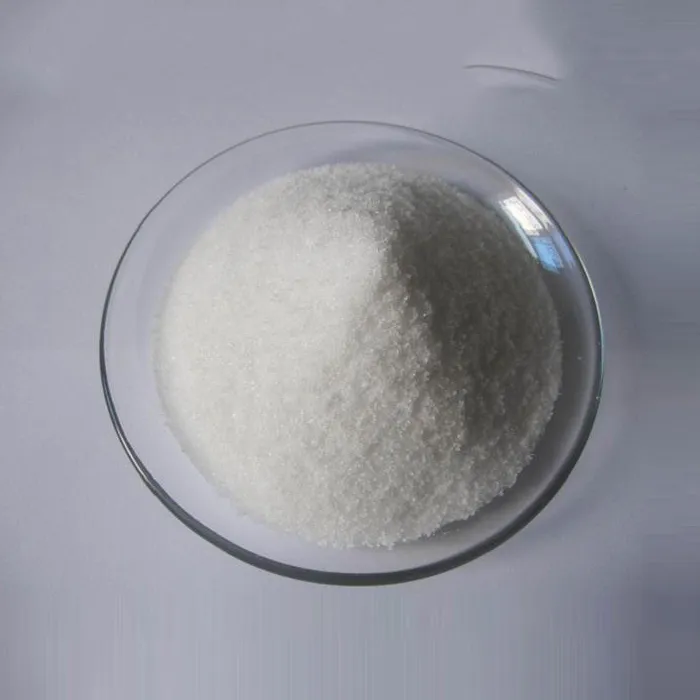Understanding the SDS Function in Gel Electrophoresis
Sodium dodecyl sulfate (SDS) is a crucial component in gel electrophoresis, particularly in the separation of proteins. This technique is widely used in molecular biology laboratories to analyze the size and purity of proteins. The fundamental principle behind SDS-PAGE (polyacrylamide gel electrophoresis) involves the separation of proteins based on their molecular weight. However, the efficacy of this method is significantly enhanced by the action of SDS.
Understanding the SDS Function in Gel Electrophoresis
The presence of SDS also denatures the proteins, unfolding them into linear forms. This denaturation is critical because it ensures that proteins are not only separated based on molecular weight but also that they do not retain their native conformations, which could otherwise affect their migration patterns through the gel. As proteins are denatured and uniformly charged, the SDS-PAGE technique can provide a more accurate analysis of their sizes.
sds function in gel electrophoresis

Another essential aspect of SDS in gel electrophoresis is that it minimizes the secondary interactions between proteins. In native gel electrophoresis, proteins can interact with one another, which can lead to complications in interpreting the results. SDS disrupts these interactions, allowing for clearer and more defined bands on the gel, making it easier to determine the sizes of separated proteins.
When conducting an SDS-PAGE, the gel is usually composed of polyacrylamide, which acts as a molecular sieve. The concentration of polyacrylamide can be adjusted depending on the size of the proteins being analyzed; a higher concentration is suitable for smaller proteins, while a lower concentration is better for larger ones. After the gel has been cast and the samples loaded, an electric current is applied, prompting the proteins to migrate through the gel matrix. The negatively charged SDS-coated proteins move towards the positive electrode, and their migration speed is influenced by their size—smaller proteins migrate faster through the pores of the gel compared to larger ones.
Following electrophoresis, the gel is usually stained with a dye, such as Coomassie Brilliant Blue or silver stain, which helps visualize the protein bands. By comparing the migration of the sample proteins to a molecular weight marker or standard, researchers can ascertain the approximate molecular weights of the proteins present in their samples.
In summary, the SDS function in gel electrophoresis is integral to the technique's effectiveness. By providing a uniform negative charge, denaturing proteins, and preventing intermolecular interactions, SDS allows for accurate separation and analysis of proteins based on their size. This has made SDS-PAGE one of the most widely utilized techniques in biochemistry and molecular biology for protein analysis.

